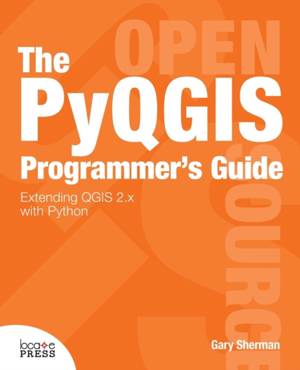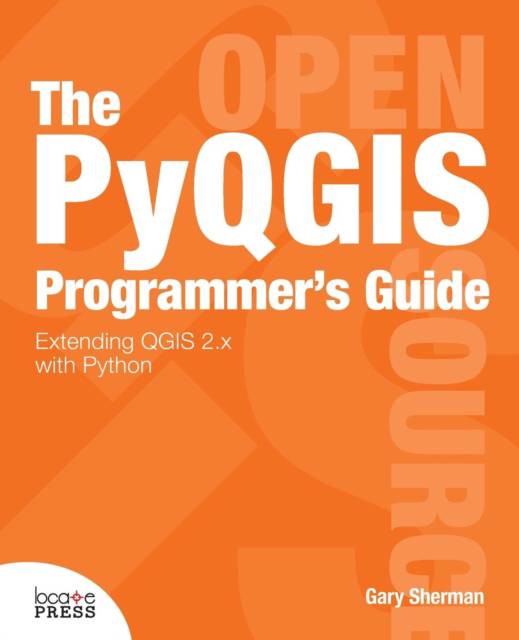
- Afhalen na 1 uur in een winkel met voorraad
- Gratis thuislevering in België vanaf € 30
- Ruim aanbod met 7 miljoen producten
- Afhalen na 1 uur in een winkel met voorraad
- Gratis thuislevering in België vanaf € 30
- Ruim aanbod met 7 miljoen producten
Zoeken
Omschrijving
Welcome to the world of PyQGIS, the blending of Quantum GIS and Python to extend and enhance your open source GIS toolbox. With PyQGIS you can write scripts and plugins to implement new features and perform automated tasks. This book will guide you in getting started with PyQGIS. After a brief introduction to Python, you'll learn how to understand the QGIS Application Programmer Interface (API), write scripts, and build a plugin. This book is designed to allow you to work through the examples as you go along. At the end of each chapter you will find a set of exercises you can do to enhance your learning experience. The PyQGIS Programmer's Guide is compatible with the version 2.0 API released with QGIS 2.0. Both source code and data to accompany the book are available online.
Specificaties
Betrokkenen
- Auteur(s):
- Uitgeverij:
Inhoud
- Aantal bladzijden:
- 200
- Taal:
- Engels
Eigenschappen
- Productcode (EAN):
- 9780989421720
- Verschijningsdatum:
- 28/02/2014
- Uitvoering:
- Paperback
- Formaat:
- Trade paperback (VS)
- Afmetingen:
- 190 mm x 235 mm
- Gewicht:
- 353 g

Alleen bij Standaard Boekhandel
+ 122 punten op je klantenkaart van Standaard Boekhandel
Beoordelingen
We publiceren alleen reviews die voldoen aan de voorwaarden voor reviews. Bekijk onze voorwaarden voor reviews.











